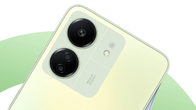Review Summary
Expert Rating
There are several things I like about the new Redmi Note 13 Pro+ despite being it the most expensive Redmi Note smartphone ever (starting at Rs 31,999 in India). It boasts a more modern and upbeat design, thanks to the addition of a 3D curved display and vegan leather back. There’s 120W charging support with a charger of the same output provided in the box, capable of fully charging the smartphone in under 30 minutes. Additionally, the phone is guaranteed to receive three years of Android updates, which is impressive considering its price point.
Other attractions of the Redmi Note 13 Pro+ include an upgraded 200MP primary camera with OIS (optical image stabilisation), MediaTek’s 4nm-based Dimensity 7200 Ultra SoC, an IP68 rating for dust and water resistance, up to 12GB of LPDDR5 RAM, and 512GB of UFS 3.1 storage.
But as I said, it is the most expensive Redmi Note phone ever, and there is no way around it. It also means the Redmi Note 13 Pro+ now stands directly against some notable players in the segment, such as the OnePlus Nord 3 (review), Motorola Edge 40 (review), and even the relatively more expensive Google Pixel 7a (review). In that case, is it worth considering? Here’s my review after spending considerable time with it.
Table of Contents
Verdict
The Redmi Note 13 Pro+ pushes the boundary by offering some flagship-grade features, including Corning Gorilla Glass Victus and 512GB of storage, under Rs 36K. It also incorporates nifty design and camera upgrades, which I like. While three years of Android OS promise is thoughtful, I feel there needs to be improvements to the overall UI. I am also waiting to see some native generative AI features that most phones in the segment lack. Lastly, the pricing could’ve been more competitive.
Display and design
The Redmi Note 13 Pro+ is available in three colourways. If you’re a fan of minimalist tones, there’s a choice between solid Fusion Black and Fusion White. There’s a new Fusion Purple variant, which I am reviewing. It includes some blue, green, and white tones around the cameras, which is unique and tasteful for my preference.
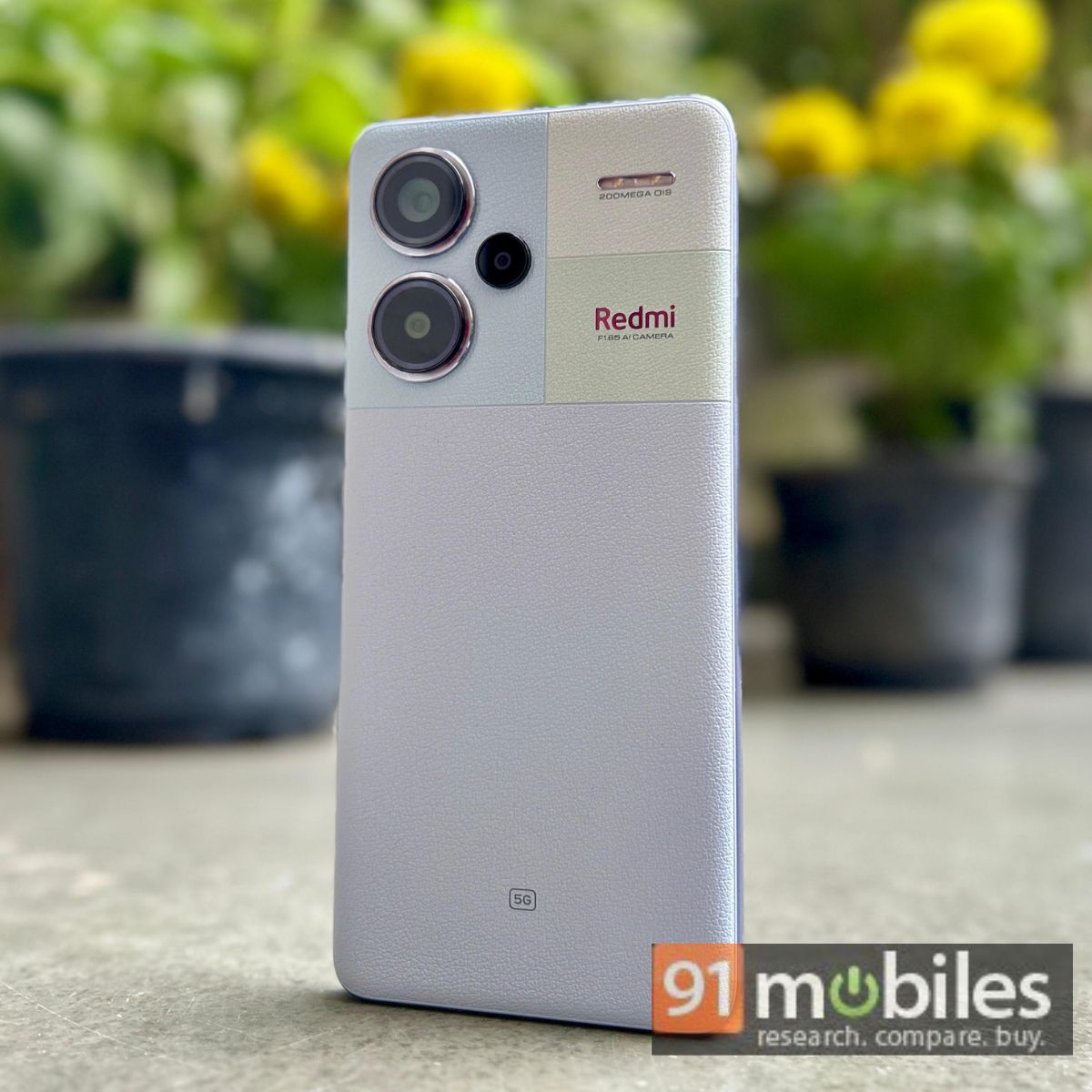
The leather back also compliments the muted colours, though it can be challenging to clean and maintain over time. Xiaomi has included a new black case in the package to address this. Not only does it serve as a protective layer, but it adds a touch of thickness to the overall sleek design. I find this case substantially better looking than the generic transparent case that many Android smartphones in India offer.
Overall, the leather back combined with the curved display (the first time on a Redmi Note phone) looks and feels premium. However, this addition comes at the cost of no headphone jack. Other ports and buttons (SIM tray, power button, and so on) on the sides, top, and bottom remain standard. There’s also an in-display fingerprint scanner, which is fairly responsive, provided your fingers are clean and not sweaty.
As mentioned, the Redmi Note 13 Pro+ boasts an IP68 rating for enhanced dust and water resistance, which is one of the highlights of this smartphone. In addition, the Corning Gorilla Glass Victus protection for the display makes it the top choice if you value extra durability.
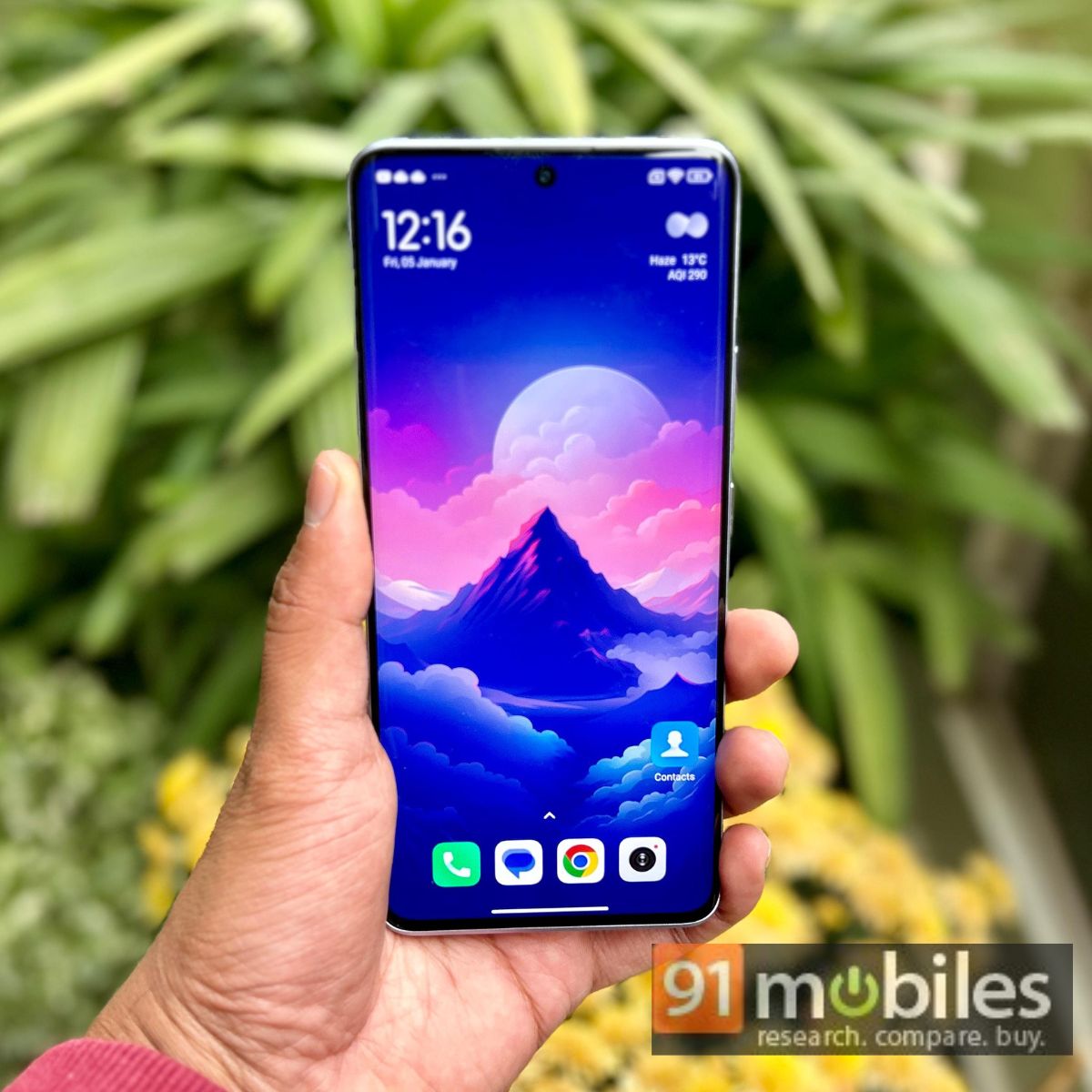
Speaking of the display, the 6.67-inch AMOLED screen offers a sharp viewing experience with 1.5K resolution (2,712 x 1,220 pixels) and up to 1800 nits peak brightness. There’s also support for HDR10+ and Dolby Vision for an immersive movie viewing experience. Xiaomi is taking cues from its competitors and maintaining a high PWM dimming to up to 1,920Hz for a reduced flicker on the screen. The display also offers 120Hz refresh rate for a smooth gaming and scrolling experience.
I compared the displays of the Redmi Note 13 Pro+, OnePlus Nord 3, and Redmi Note 12 Pro+ (review) for a better perspective. To be fair, the differences were too subtle to distinguish. While the Redmi Note 12 Pro+ seemingly offered better brightness, the Note 13 Pro+ had punchier colour representation. Movies and shows on Netflix also looked relatively better than the other two smartphones.
Display performance-wise, the Redmi Note 13 Pro+ does not significantly break new ground as most rivals in the segment have been improving their game over the years. However, select features give the new Redmi phone an edge. Corning Glass Victus is a significant contributor. The rest are existing software-driven features, like Reading Mode, AOD (always on display), and variable refresh rates – everything I like about Redmi phones.
Performance
The Redmi Note 13 Pro+ sets the correct trend for smartphone memory configurations as we enter 2024. The base variant now offers 256GB storage. The top model (Rs 35,999) offers 512GB UFS 3.1 storage with 12GB of LPPDR5 RAM. The one I am reviewing has 12GB of RAM and 256GB of storage (Rs 33,999).
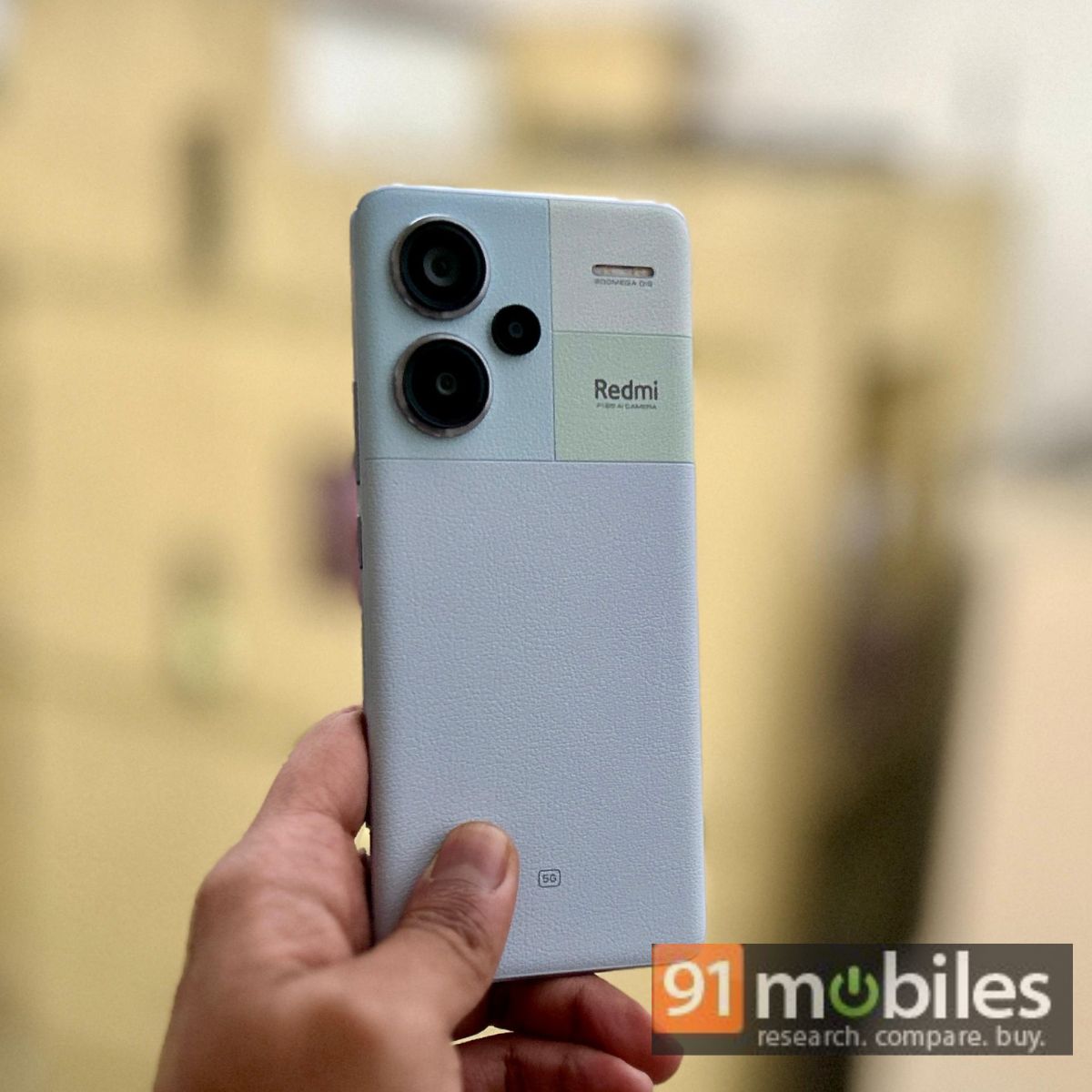
During my review, the Redmi Note 13 Pro+ exhibited reliable performance with no abrupt app crashes or signs of overheating. Occasionally, some apps may take an unusually long time to load, or you might notice stutters while switching between apps, but these issues are negligible. What might bother you is the number of pre-installed apps that make the software experience somewhat cluttered. Xiaomi has also been late in rolling out the Android 14 update on its mid-budget smartphones, an issue that needs addressing soon.
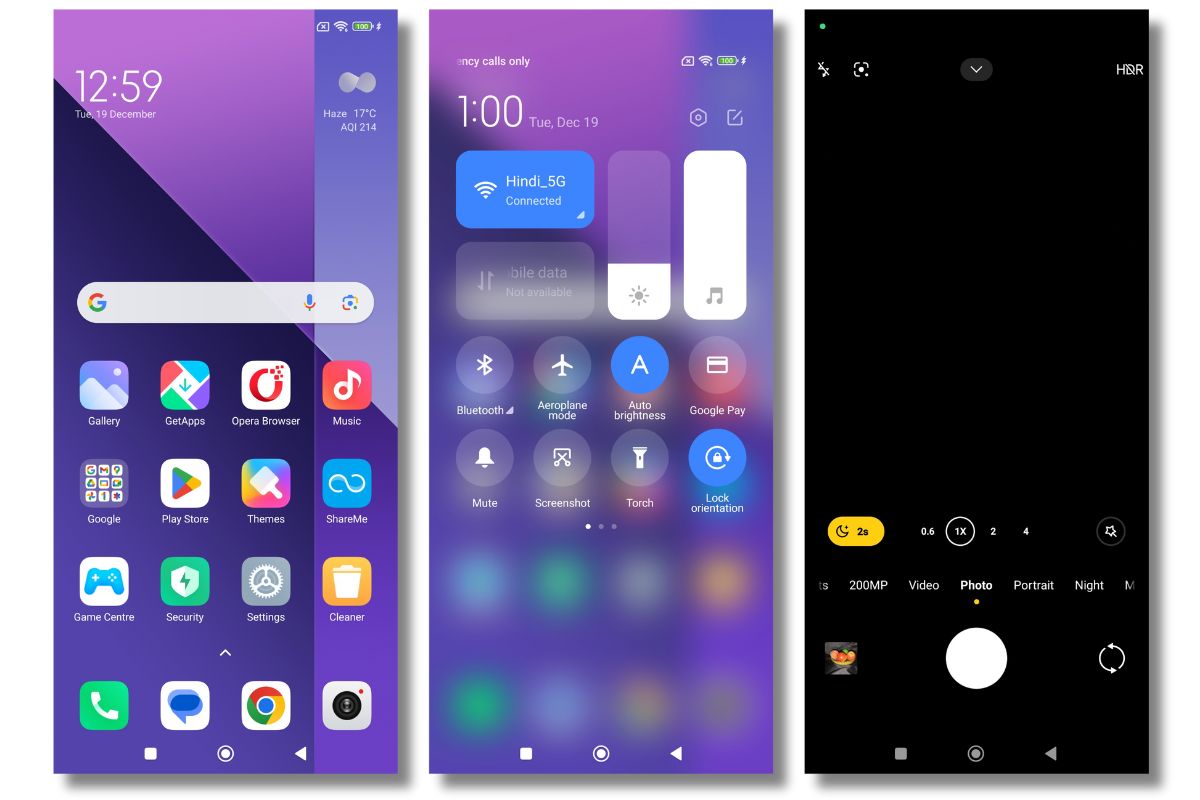
At least the Redmi Note 13 Pro+ is promised to receive three years of Android updates, the next one being the new HyperOS Android skin. There’s also NFC support to enable seamless digital payments. Plus, there’s the fan-favourite IR blaster to manage home devices like AC or TV via the smartphone. With an Airtel 5G Plus SIM card, I was getting speeds over 200Mbps at my home in Delhi. But internet speeds vary based on coverage.
In terms of pure benchmarks, the Redmi Note 13 Pro+ with the MediaTek Dimensity 7200 Ultra SoC attains decent scores on Geekbench 6 and AnTuTu (screenshots below) and performs better than the Redmi Note 12 Pro+. However, the Dimensity 9000 SoC-powered OnePlus Nord 3 is ahead, at least based on numbers.
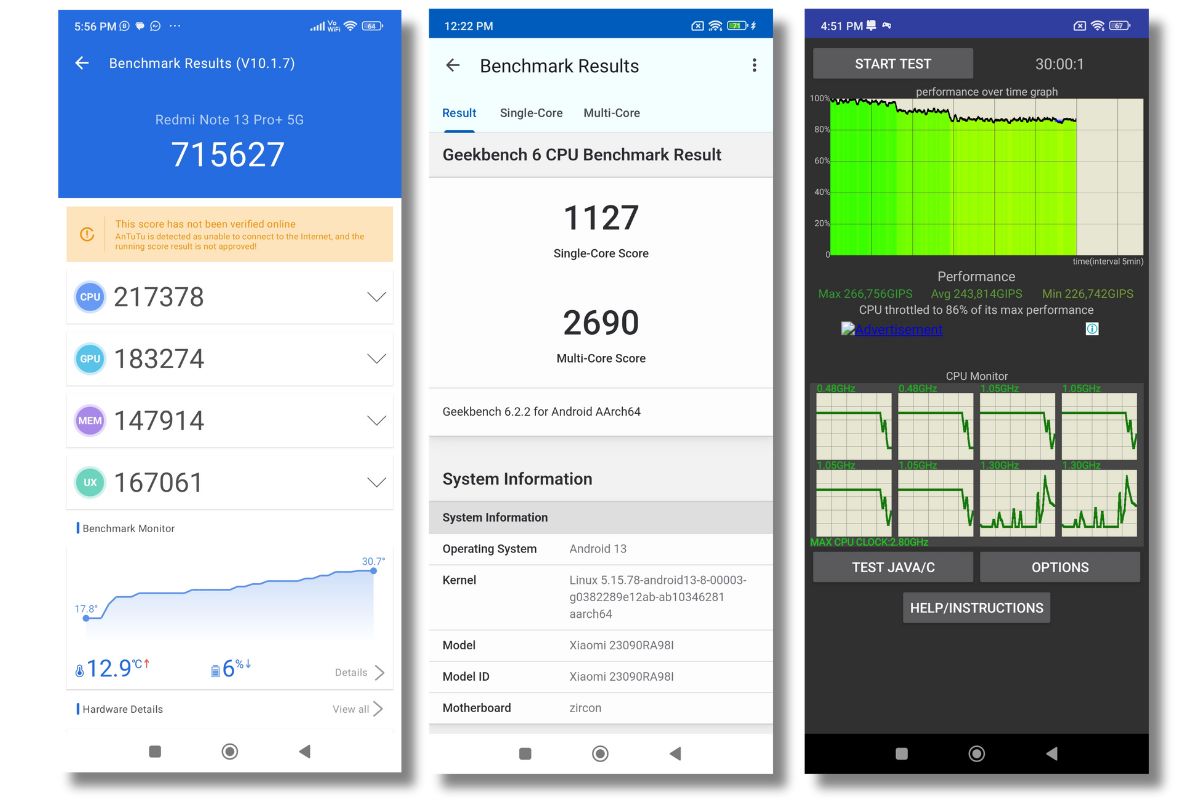
If you compare the Redmi Note 13 Pro+ and OnePlus Nord 3 side by side in real life, both stand neck and neck. For instance, the Redmi Note 13 Pro+ boots faster and runs some apps quicker. However, gaming performance is a notch better on the Nord 3. In general, I feel MIUI has more to offer than OxygenOS, minus the pre-installed apps. In the end, it could be a matter of choice, as the Redmi Note 13 Pro+ is offering way more storage at the same price as the Nord 3.
Cameras
While there’s no Leica partnership in Xiaomi’s mid-range (yet), the Redmi Note 13 Pro+ includes an upgraded 200MP primary camera. For instance, it now utilises an ISOCELL HP3 sensor (the previous being the ISOCELL HPX sensor), which captures sharper details and more light. As a result, when you zoom in, photos captured in 200MP mode exhibit clearer details, less noise, and more readable text at a distance. Naturally, the file size also increases when you click photos in this mode.
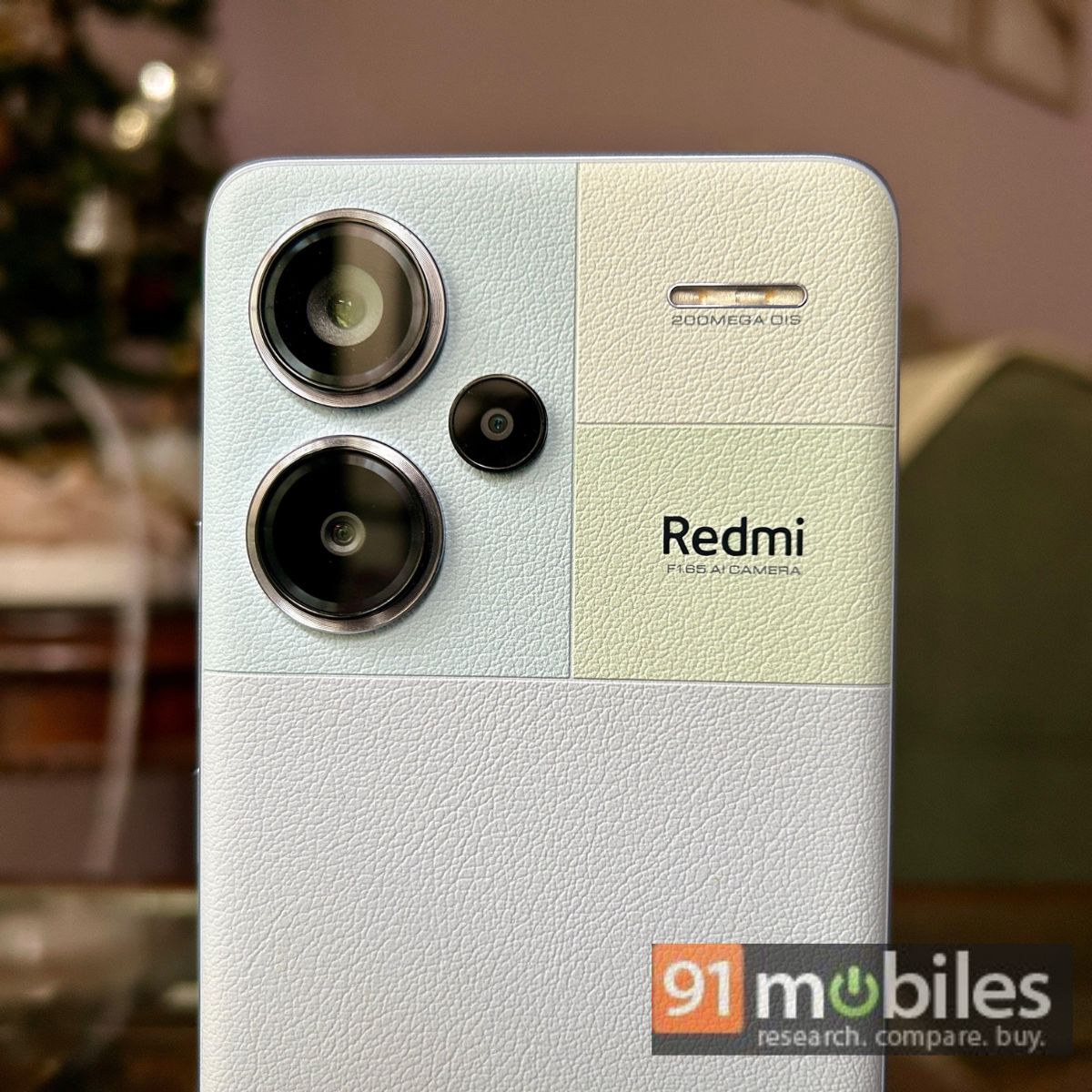
In normal mode, the Redmi Note 13 Pro+ tends to perform better than the Redmi Note 12 Pro+ and some of its direct rivals. I can easily notice improved colour balance, noise reduction, and dynamic range in different lighting conditions.
When in bright lighting conditions, the phone does a satisfactory job of balancing colours, but there can be times when you may notice overexposed patches, which the software is unable to tone down. The saturation can be a bit high at times but mostly in a good way. Portrait shots look super natural with excellent edge detection. Videos captured with the primary camera can shoot up to 4K30fps. Additionally, the stabilisation has noticeably improved compared to the Redmi Note 12 Pro+.
The 8MP ultra-wide camera also exhibits some improvements, though details are still not the best. In my tests, many photos have high contrast that make shadows look more dramatic. This hides details in the background as well. The 2MP camera remains mostly underwhelming as it fails to detect the subject, whether it’s in light or dark conditions. Generally in dark conditions, you will also notice some inconsistency in colours with the other two camera sensors.
The front camera’s performance is satisfactory, but it can be hit-and-miss in low-light conditions. I am happy with the improved skin tone detection.
Battery
The Redmi Note 13 Pro+ packs a 5,000mAh with support for 120W charging. With the bundled charger, the phone takes roughly 30 minutes to fully charge, which is quite impressive, considering flagship offerings from Google, Apple, and Samsung are still limited to 30W or 45W charging. Battery backup is equally impressive.
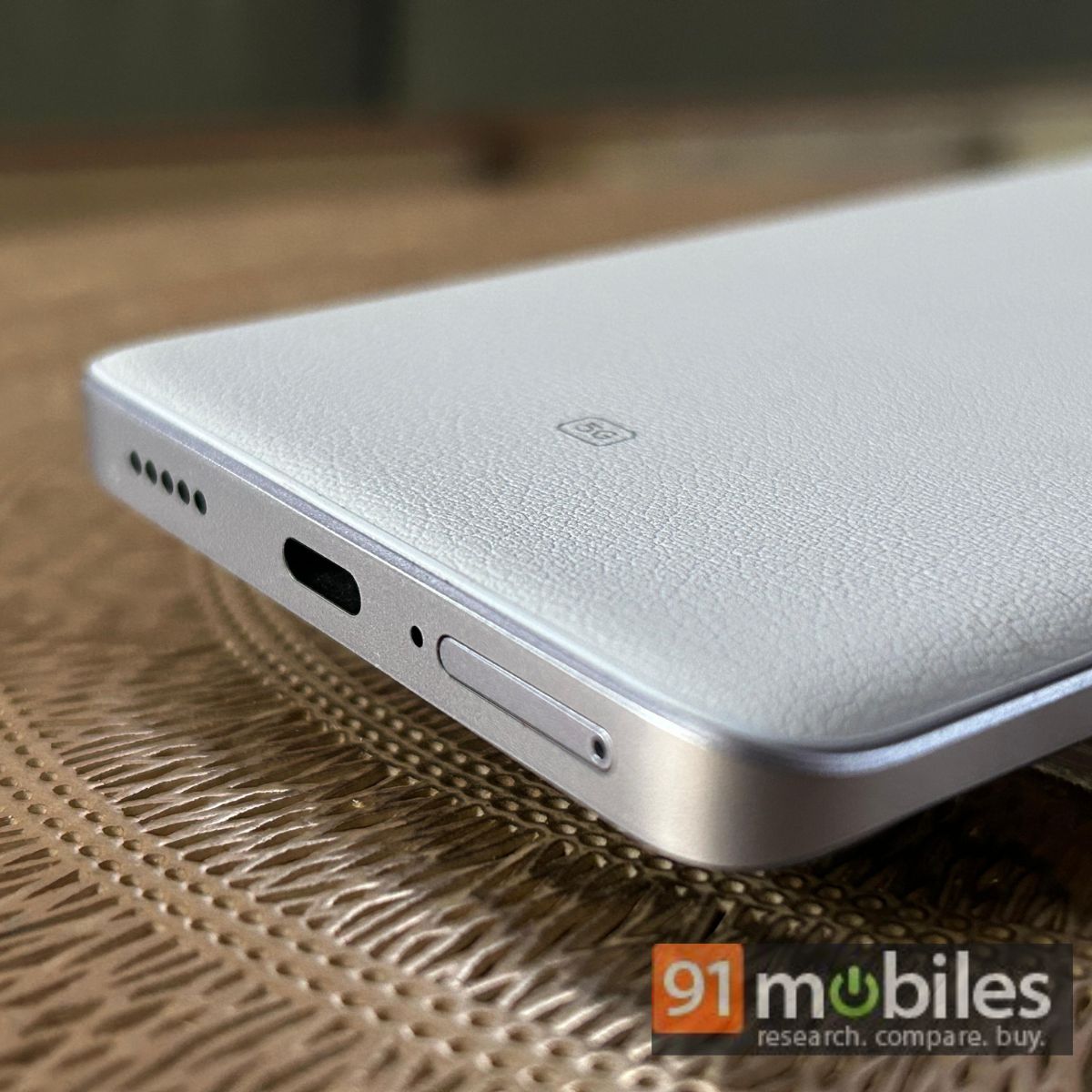
I could easily use the Redmi Note 13 Pro+ for the entire day on a single charge. Mind you, this was with balanced mode enabled, 120Hz refresh rate, AOD (always-on display), and 5G (occasionally switching to Wi-Fi). If you enable performance mode, you may need another round of charging, which shouldn’t be a problem with the bundled 120W charger.
Final verdict
The Redmi Note 13 Pro+ is one of the most capable smartphones in the segment and there’s no doubt about it. It delivers what it promises – be it a great display experience, fast charging, or reliable camera performance (mostly). It may not be the most powerful phone in the segment, and for that, you have the OnePlus Nord 3 and iQOO Neo 7 Pro. But some premium features like 120W fast charging, IP68 rating, Corning Gorilla Glass Victus, and NFC make it a value-for-money mid-premium offering and worth considering.
However, Xiaomi needs to work on the software experience, aiming to make MIUI (or HyperOS in the future) less cluttered and perhaps free of some pre-installed apps. While I am happy with the camera performance, the software aspect requires tweaking for more consistent results.
The big question remains – will loyal Xiaomi users be willing to invest over Rs 30K in a Redmi Note phone? Only time will tell.
Editor’s rating: 8 / 10
Reasons to buy
- Trendy colourway if you’re not too fond of classic shades.
- Brilliant display with stereo speakers support.
- Reliable battery back up with 120W charging support.
- Premium features, like Gorilla Glass Victus and IP68 rating under Rs 36K.
Reasons not to buy
- The software bundled with several pre-installed apps.
- Lowlight photography can be inconsistent and needs improvement.
 | Rs. 30,999.00 | Go To Store |
 Xiaomi Redmi Note 13 Pro Plus 5G Xiaomi Redmi Note 13 Pro Plus 5G | vs |  OnePlus Nord 3 5G OnePlus Nord 3 5G |
 Xiaomi Redmi Note 13 Pro Plus 5G Xiaomi Redmi Note 13 Pro Plus 5G | vs |  iQOO Neo 7 Pro iQOO Neo 7 Pro |










